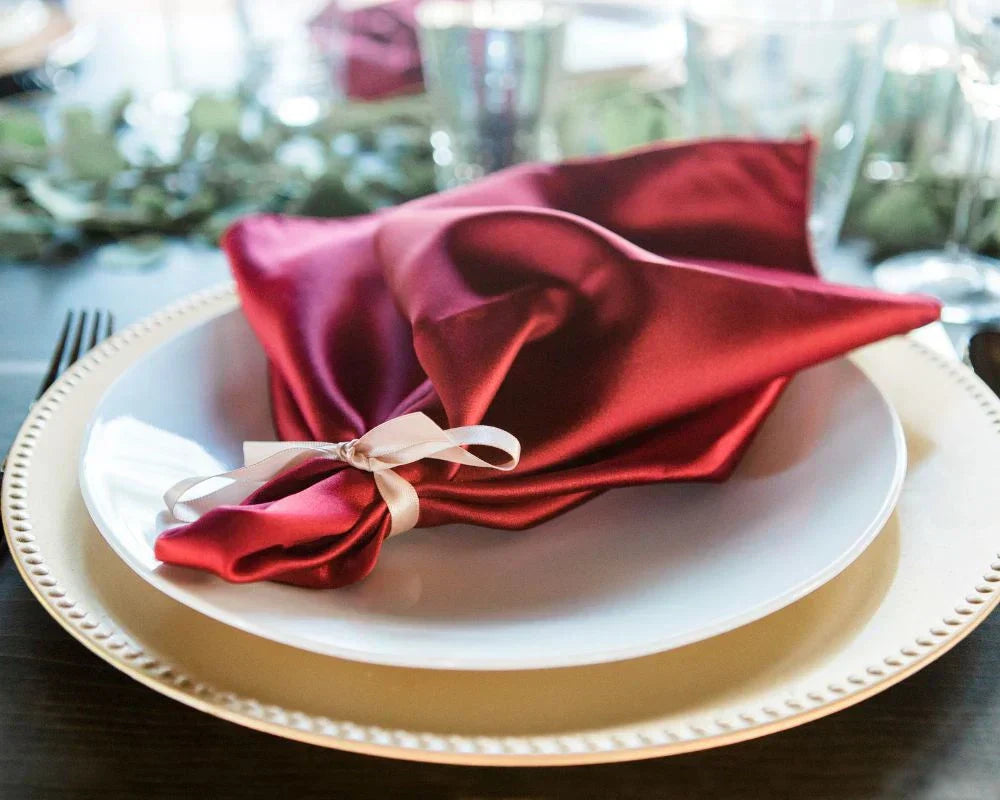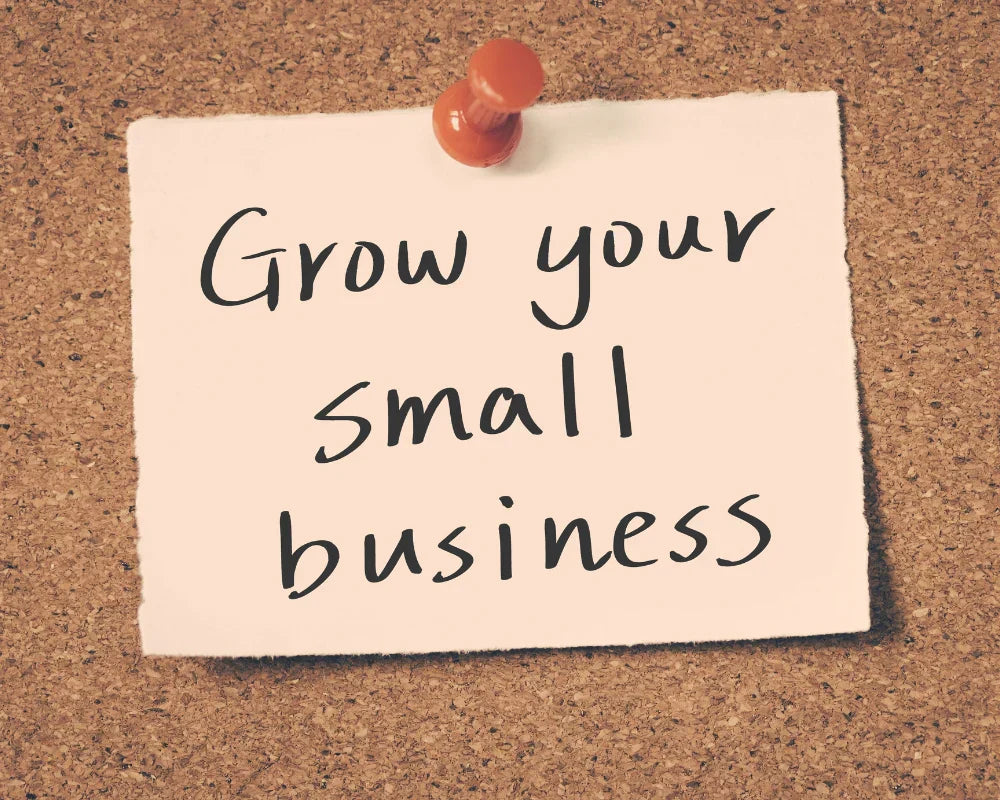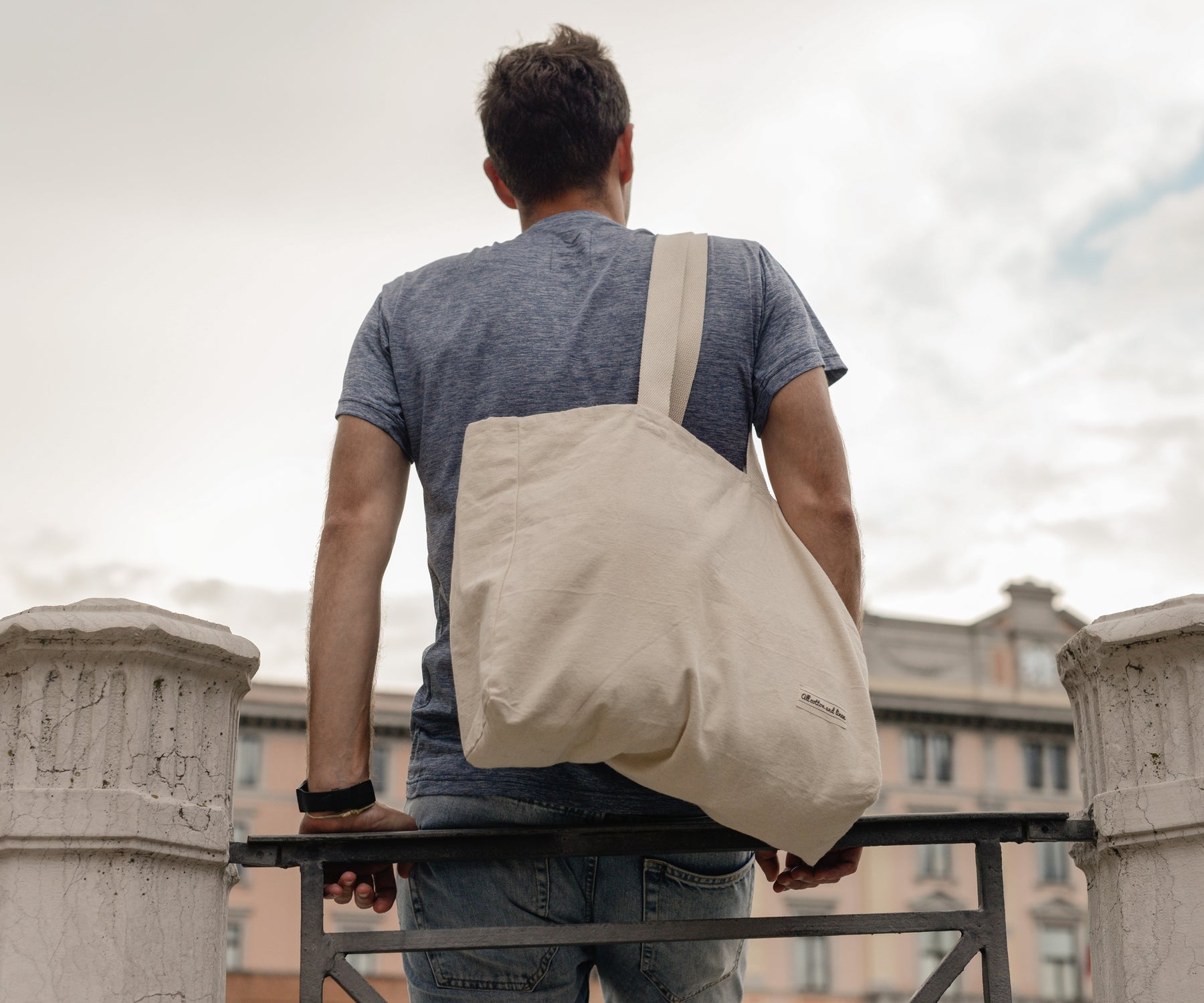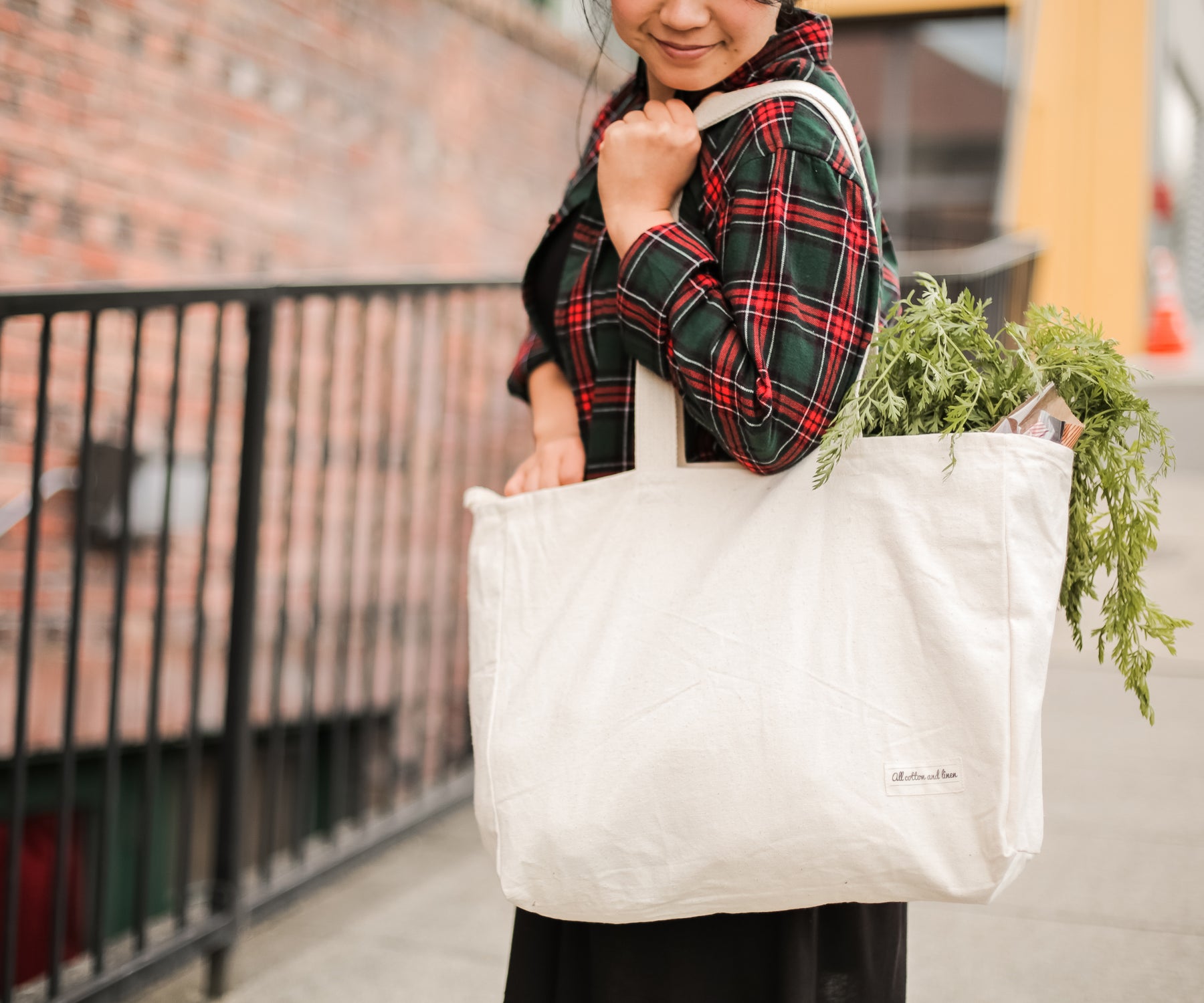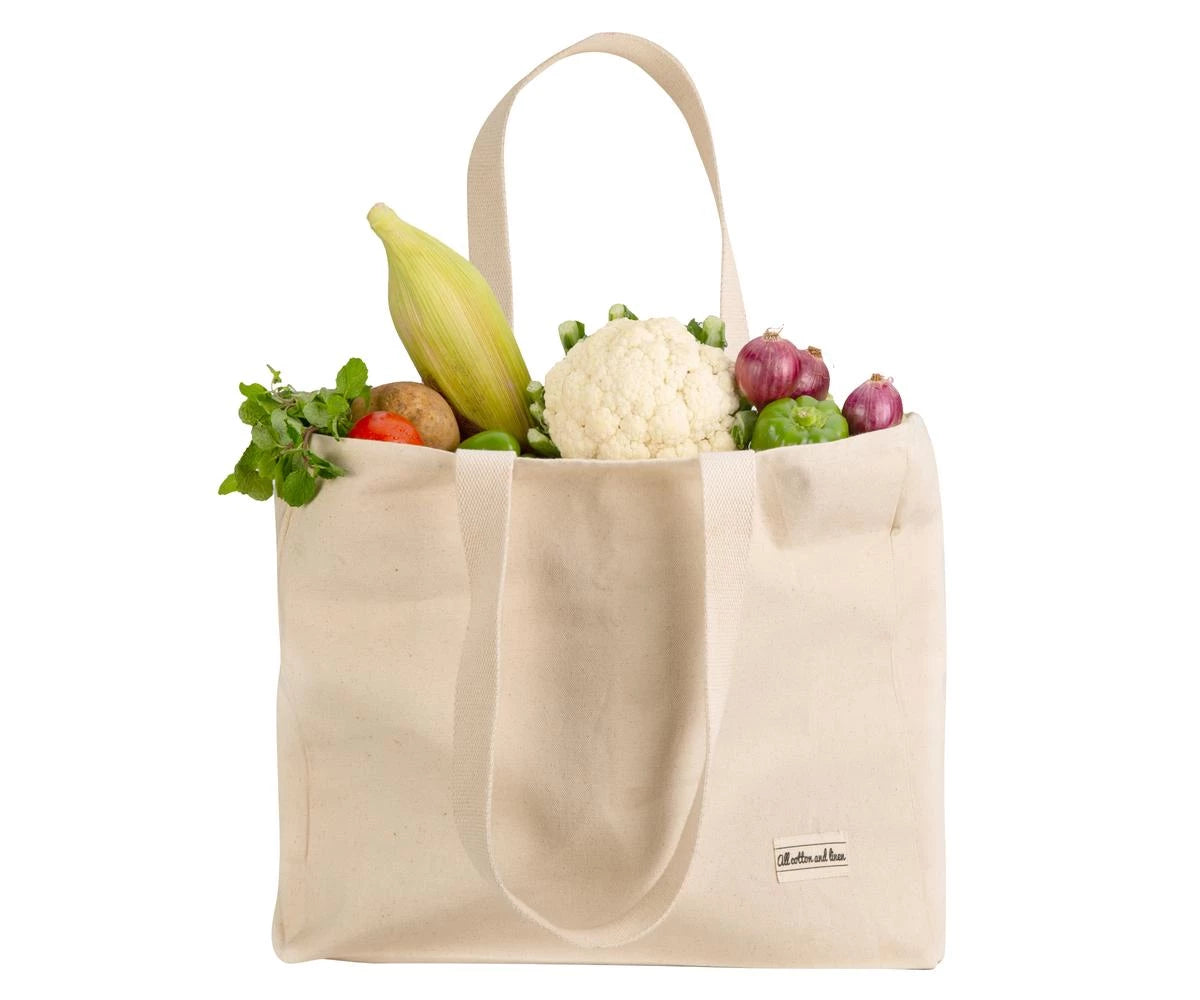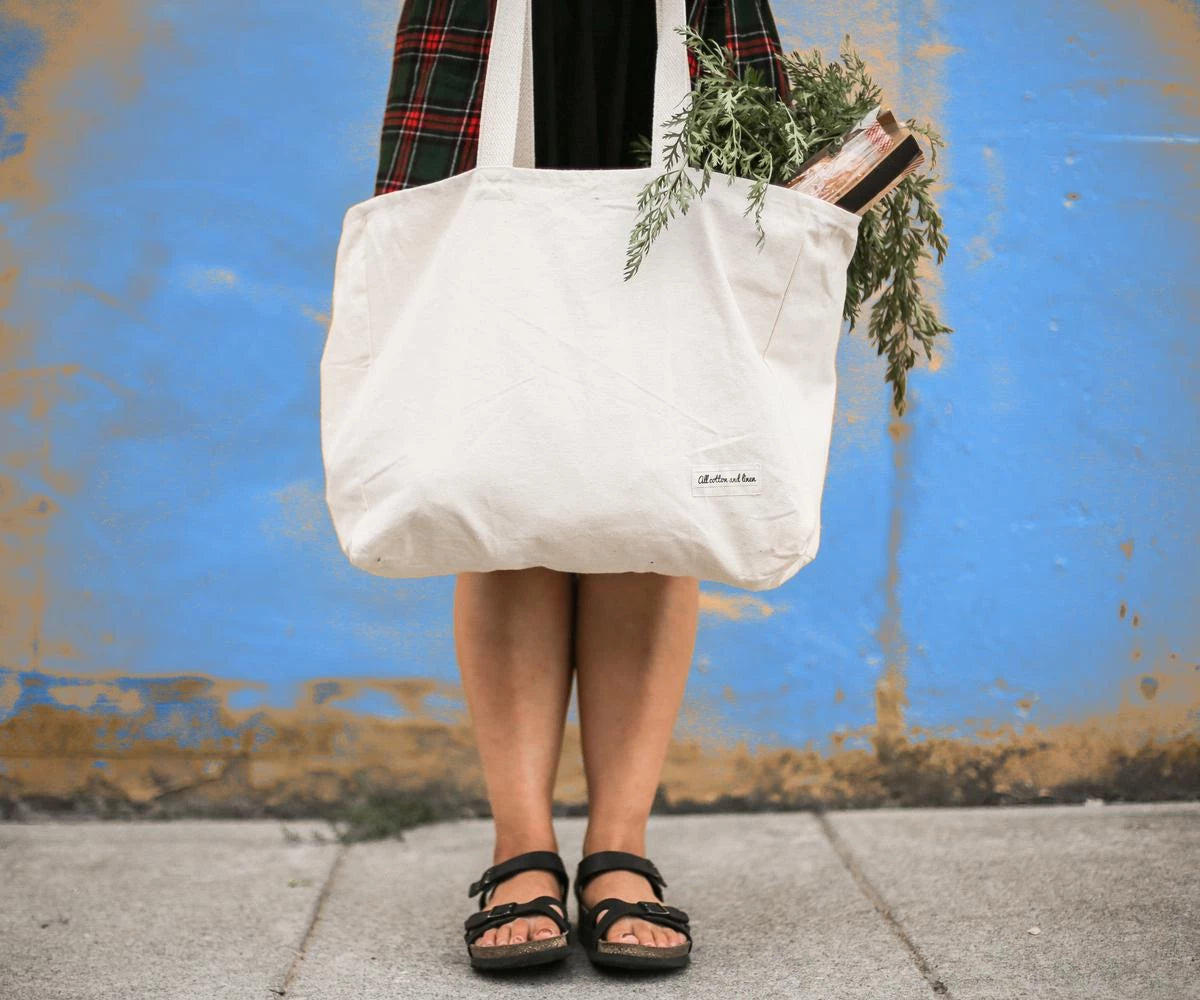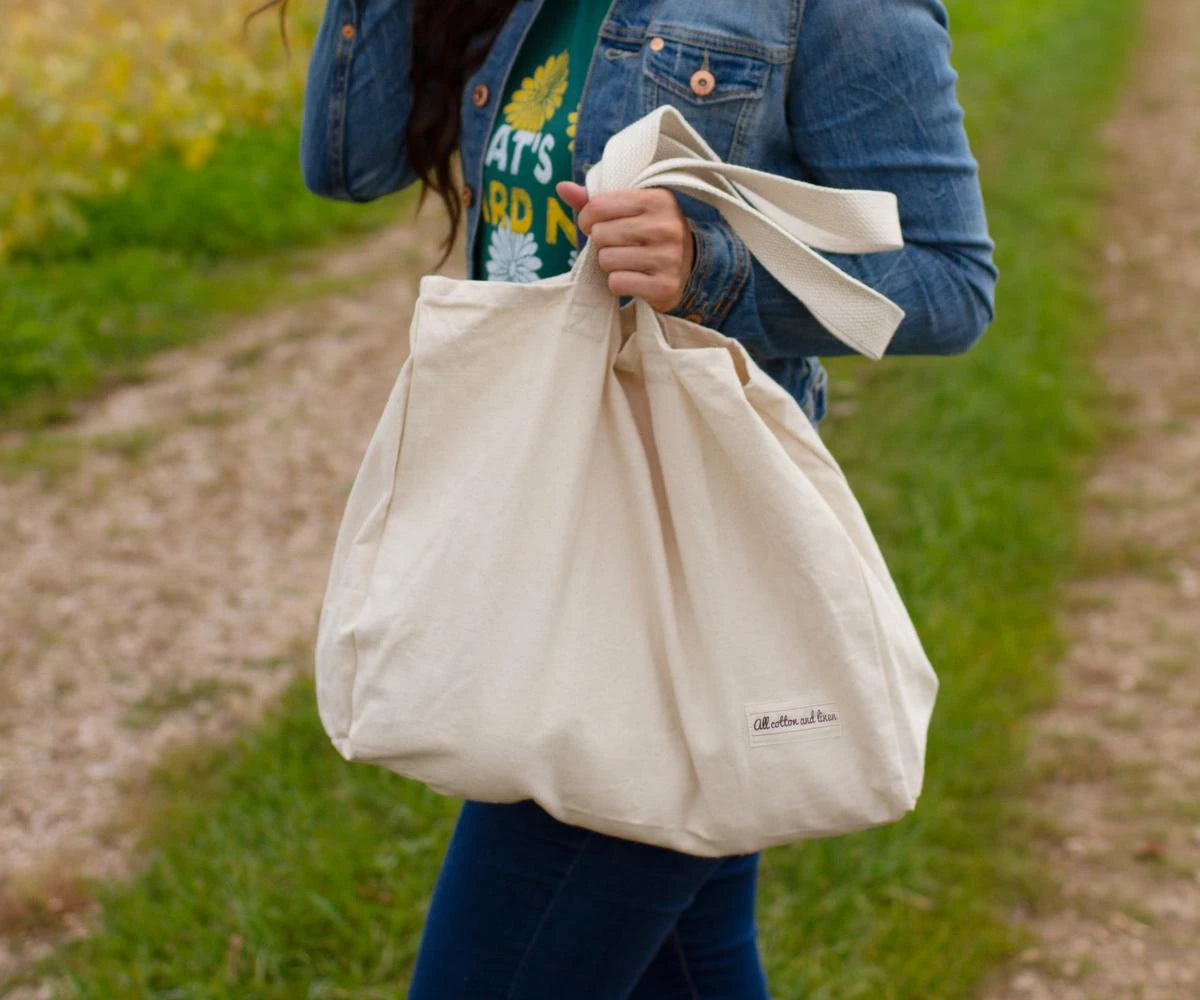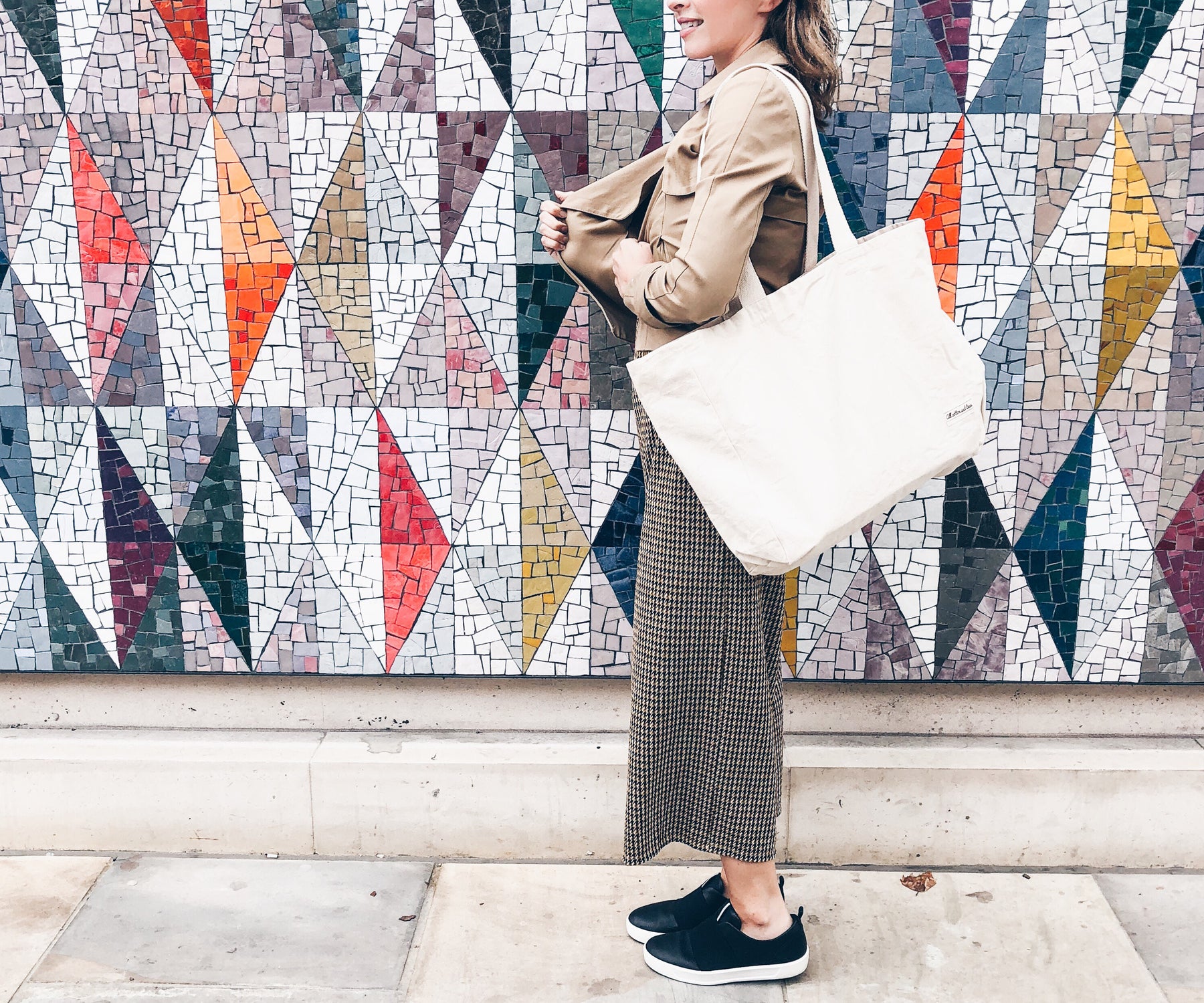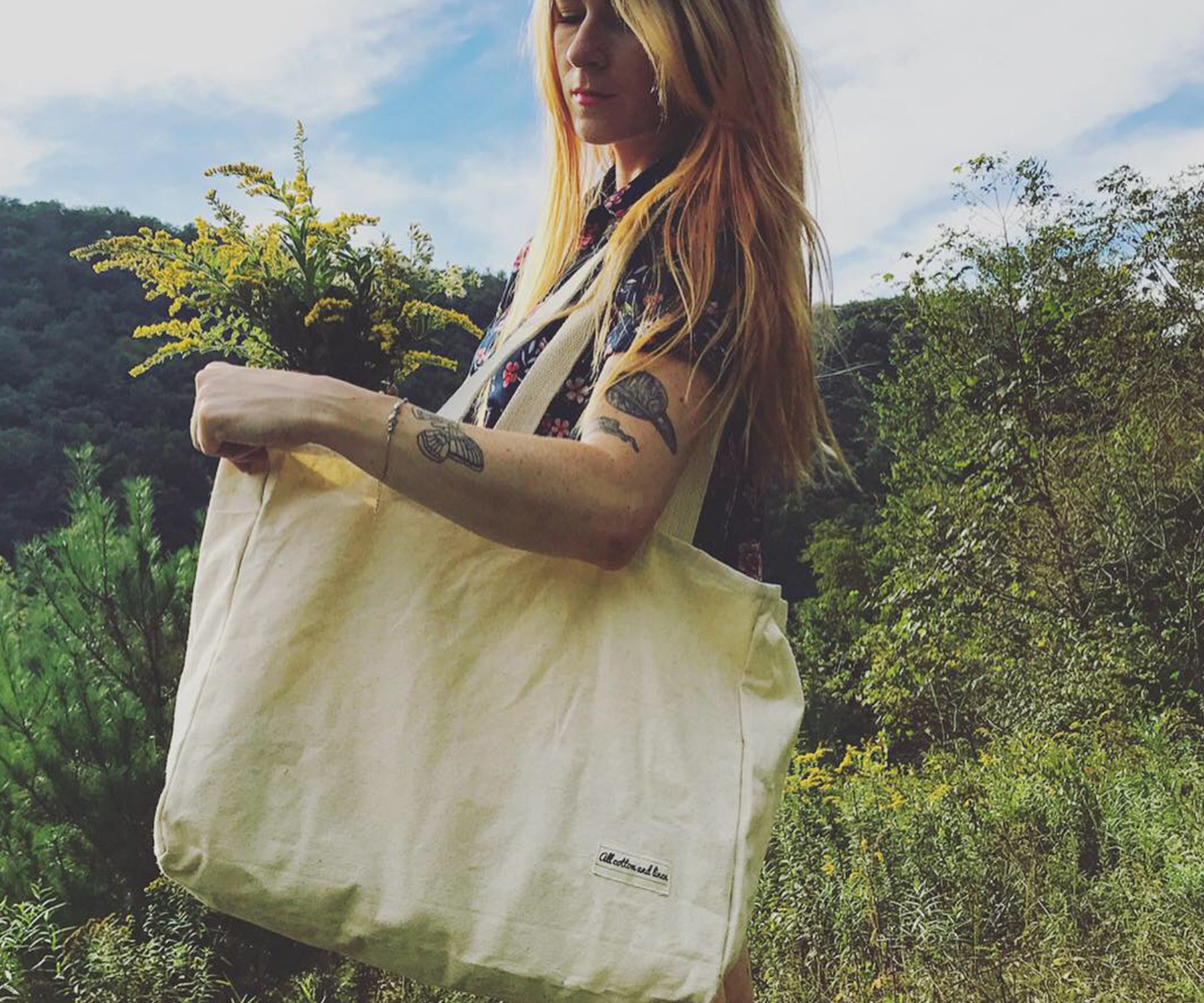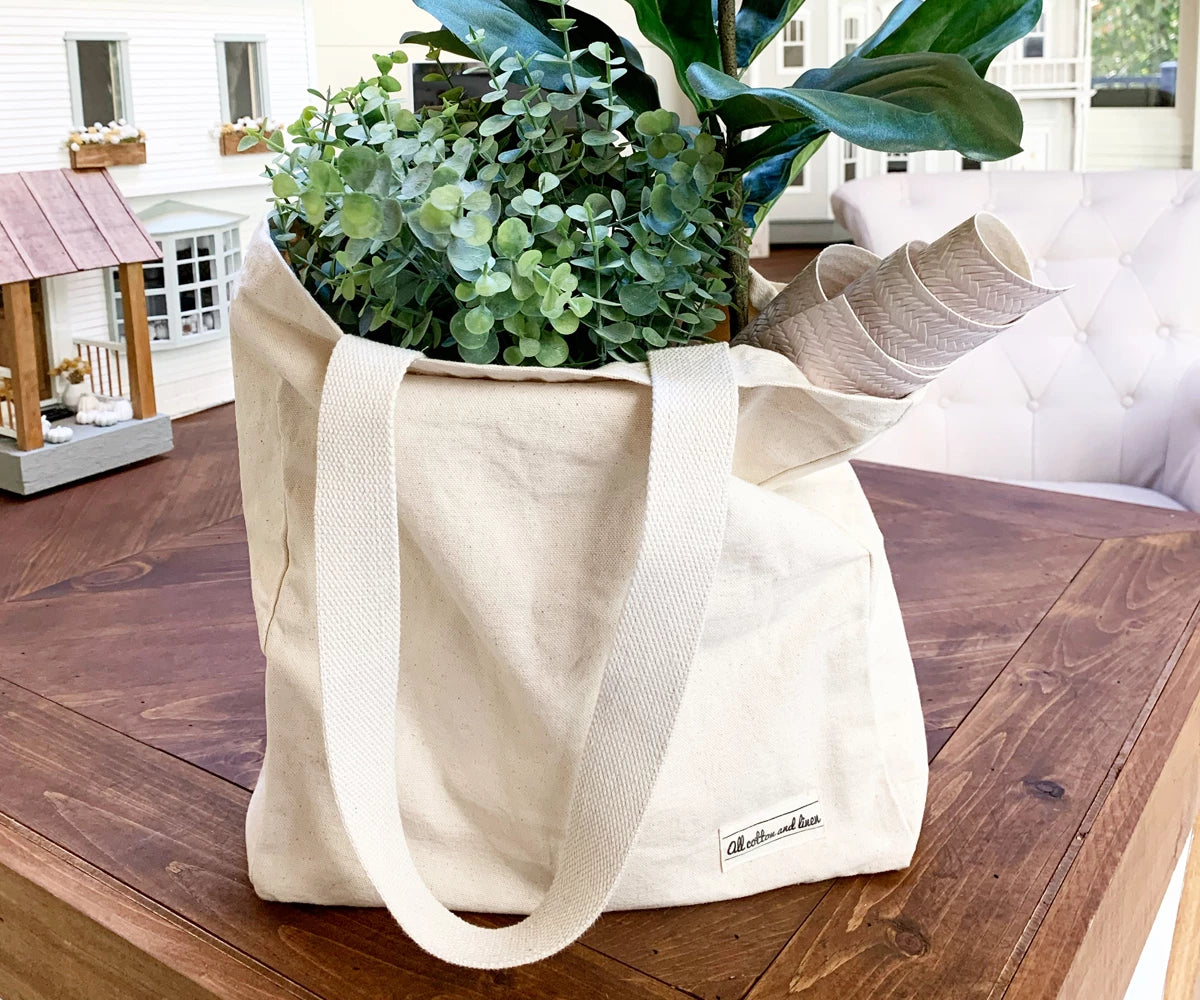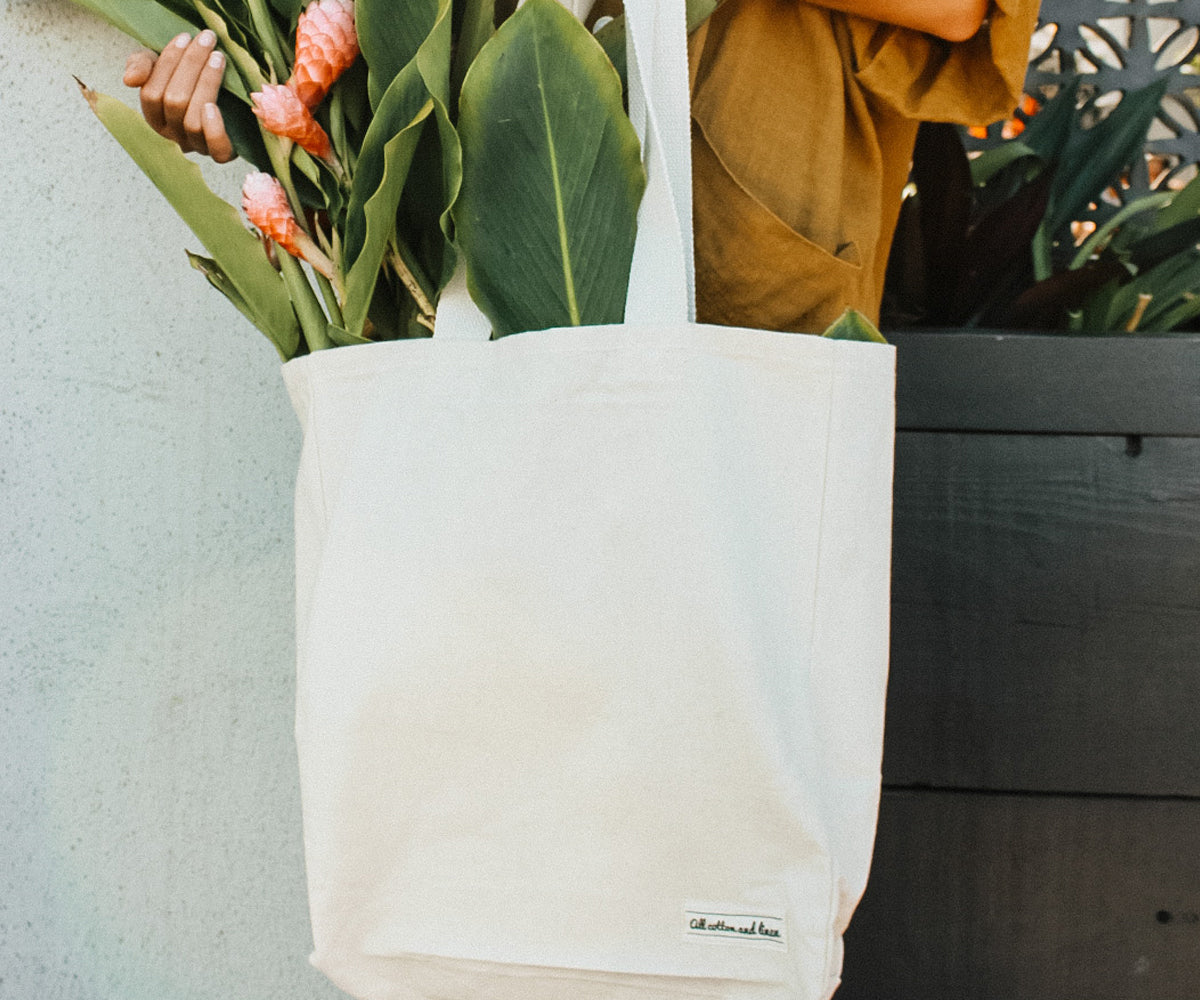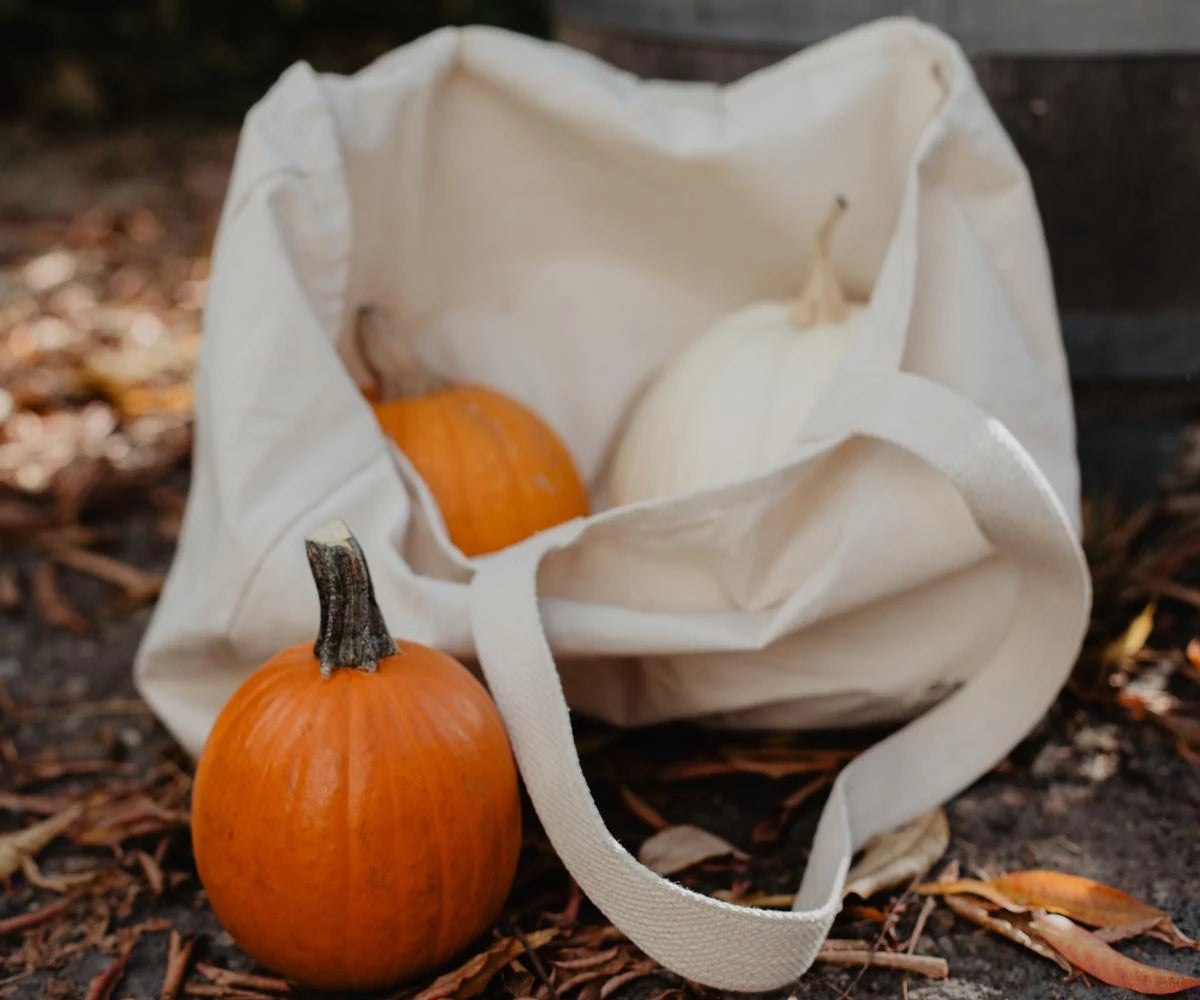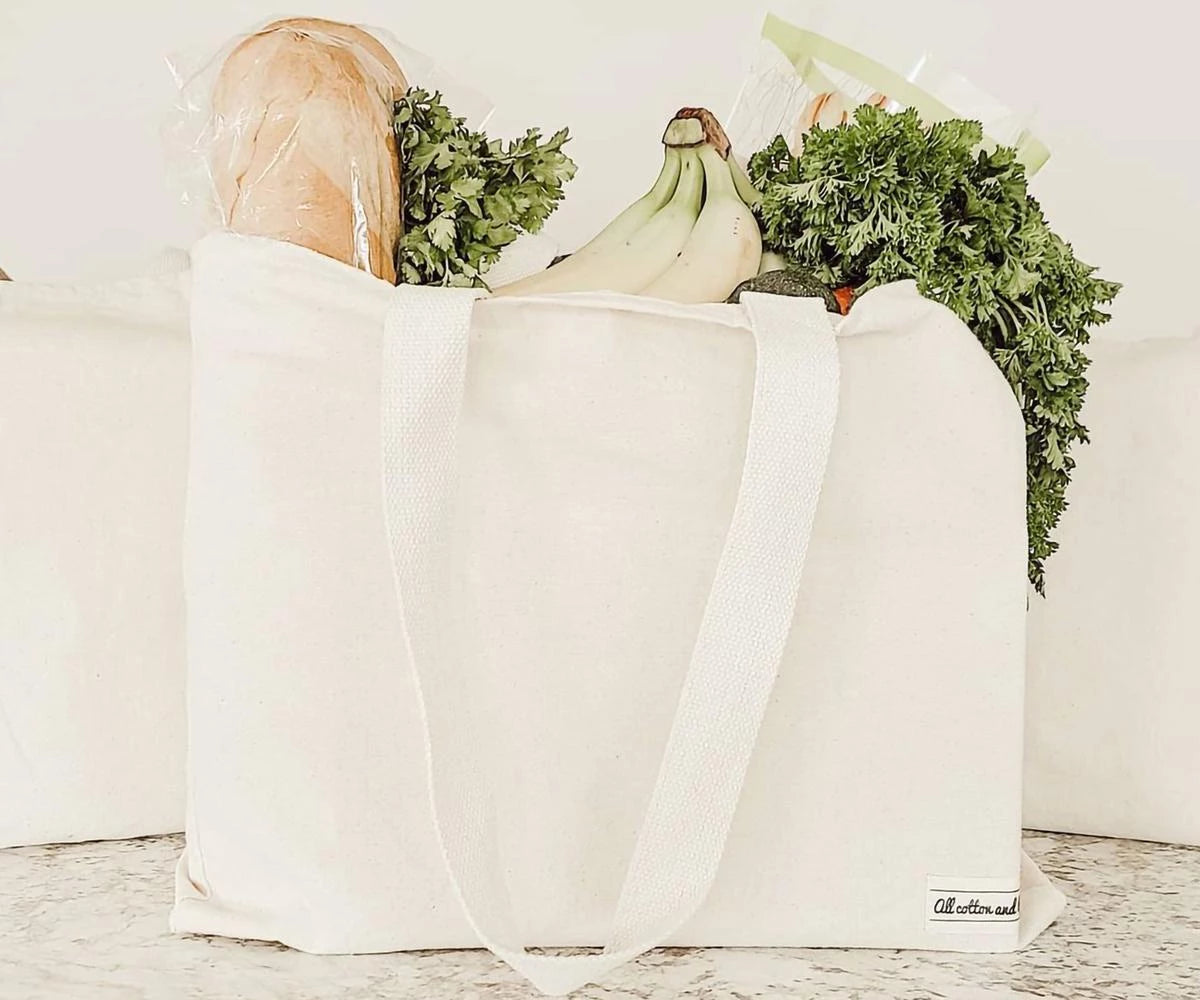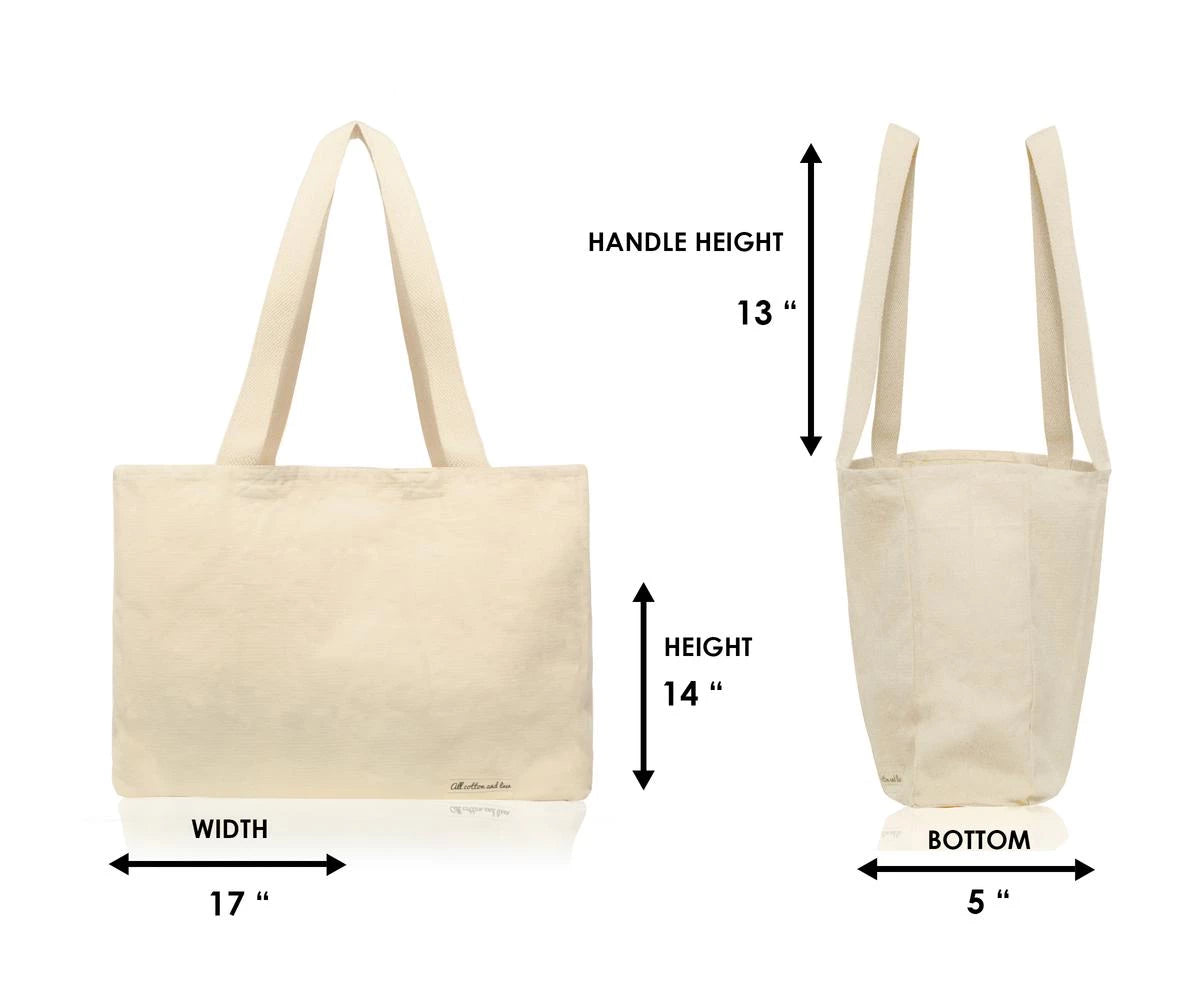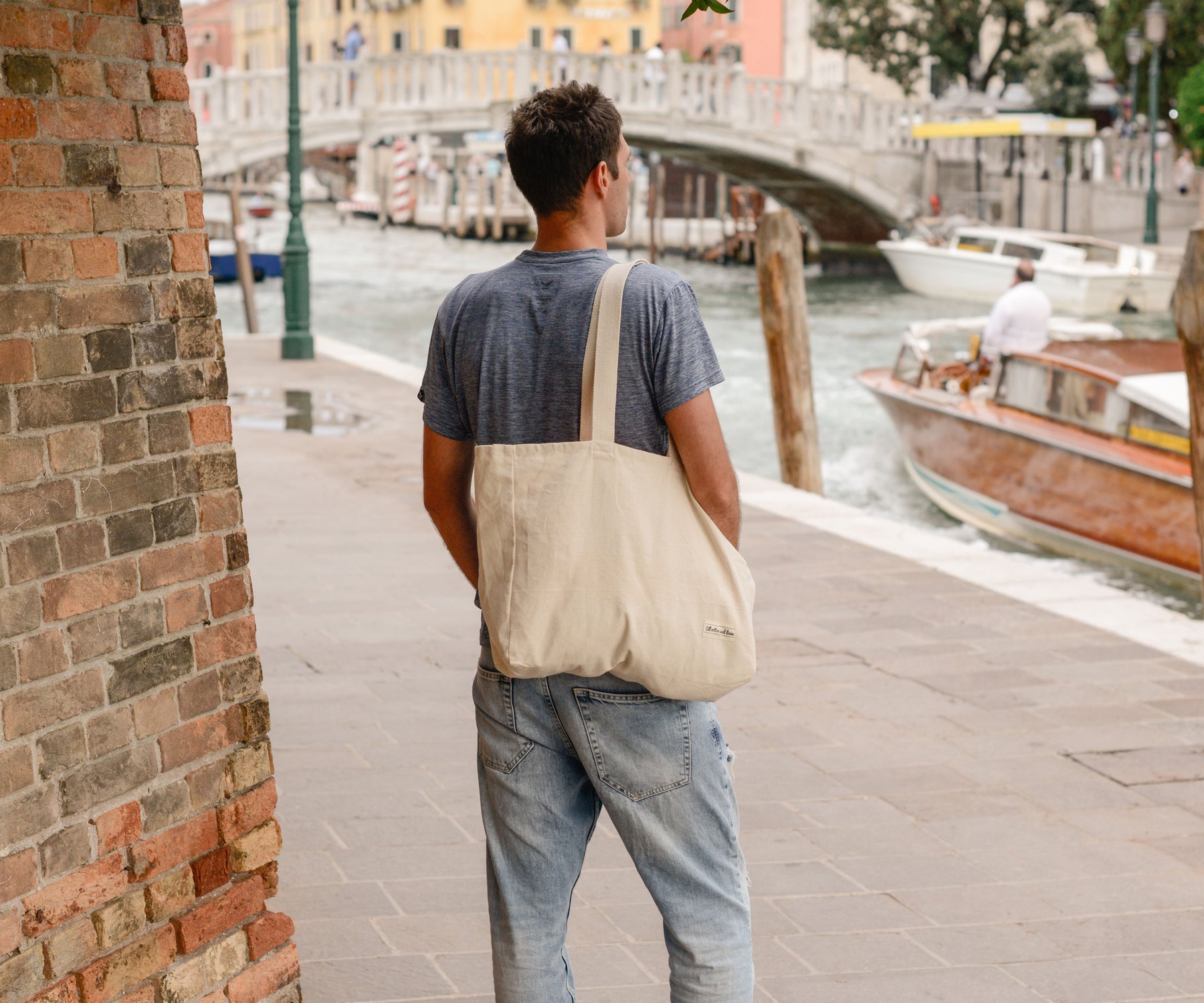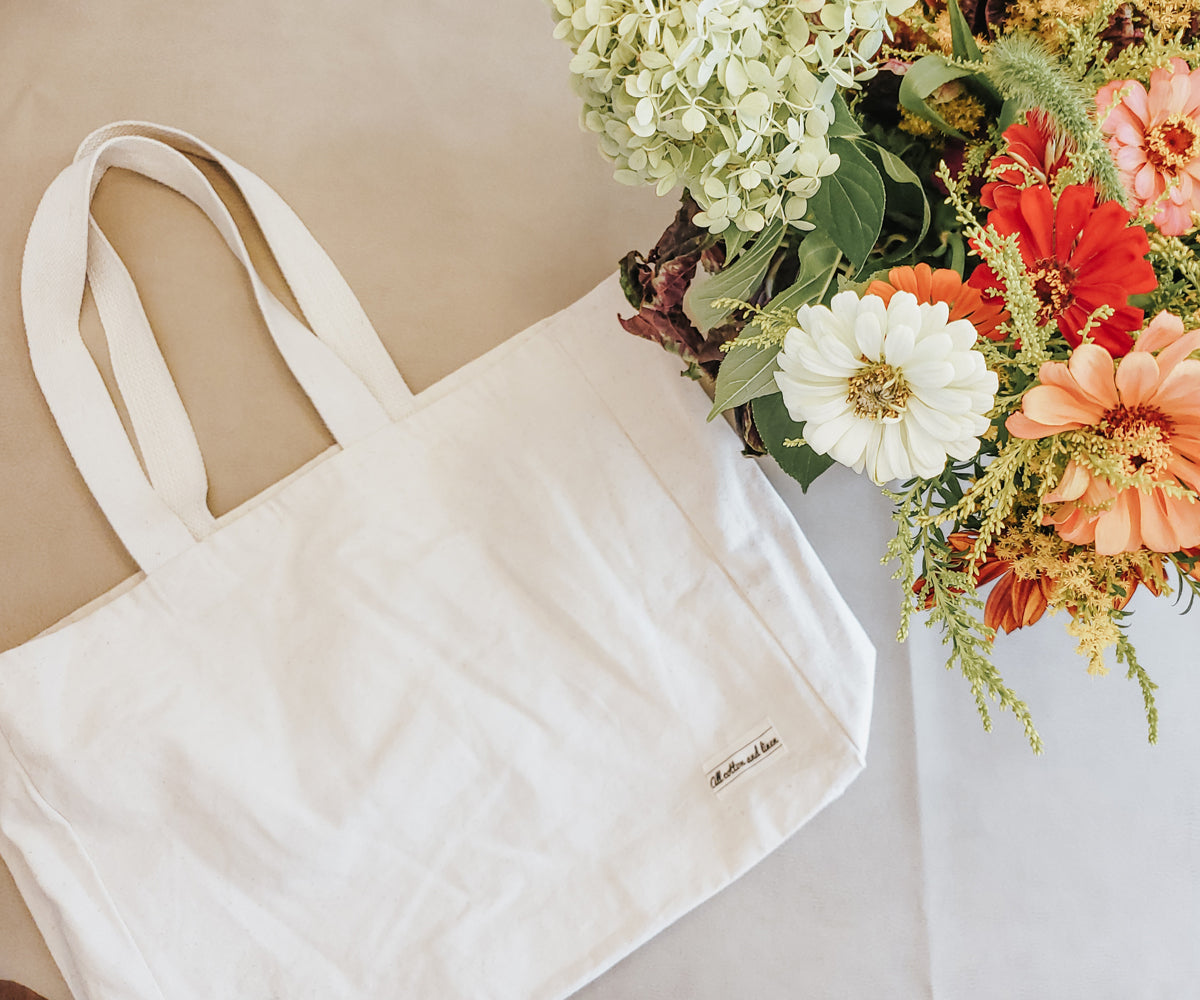What is No Buy 2025?
After a holiday season filled with impulse shopping, many people are committing to a No Buy 2025—a challenge to cut back on unnecessary purchases for an entire year. The rules are flexible, and each person tailors them to their needs, whether that means eliminating shopping for clothes, tech gadgets, beauty products, or dining out. But is this realistic? And how does it work in practice?
Cutting Back or Cutting It All Out?
We spoke to several individuals who are embracing No Buy 2025 in different ways. While some are taking an extreme approach—buying only essentials—others are opting for a low-buy strategy, cutting back while still allowing occasional splurges. With inflation still affecting household budgets, this trend is picking up steam as a way to regain financial control.

You May Also Like: Spring Collection 2025: Fresh Styles & Exclusive Seasonal Deals
The No Buy 2025 Movement: A Social Media Trend With Real Impact
The concept of a no-buy year isn’t new, but it has gained traction on social media, particularly on TikTok, where users share their progress, setbacks, and personal rules.
For Amanda Collins, a 29-year-old from Chicago, No Buy 2025 is all about breaking her online shopping habit. “I used to buy something from Instagram ads every week,” she says. “Now, I’ve unsubscribed from marketing emails and deleted my shopping apps.”
Meanwhile, James Patel, a software engineer in San Francisco, is focusing on avoiding takeout and unnecessary tech purchases. “I love gadgets, but I realized I was buying new stuff before even using the old ones. I’m learning to appreciate what I already have.”
The no-buy challenge can be strict or flexible. Some people eliminate all discretionary spending, while others focus on just one category, like clothing or beauty products. The key is to set clear rules and stick to them.
Read More: What Stores Are Open on Easter 2025? Find Out Here!
How to Do a No Buy Month (or Year)
If committing to a full no-buy year feels overwhelming, starting with a no-buy month is a great way to test the waters. Here’s how:
-
Define Your Rules – Decide what’s off-limits. Essentials like rent, groceries, and medical expenses are allowed, but what about books, subscriptions, or dining out?
-
Identify Your Triggers – Do you shop when you’re stressed? Bored? Recognizing patterns can help you break them.
-
Find Free Alternatives – Instead of dining out, cook at home. Swap clothes with friends instead of buying new ones.
-
Track Your Progress – Use an app or journal to see how much you’re saving.
Where Do Home Essentials Fit In?
A common misconception about No Buy 2025 is that it means buying nothing at all. In reality, it’s about spending smarter. Some purchases, like home textiles, can actually save money in the long run—especially if you buy them on sale.
For instance, investing in table linens and kitchen towels from All Cotton and Linen during seasonal offers can reduce your expenses over time. Durable, reusable textiles replace disposable paper products, helping you cut costs while maintaining a stylish home.
Many cities charge for plastic bags, and those small fees add up over time. Switching to reusable grocery bags is a one-time investment that saves money in the long run. Plus, high-quality reusable bags can carry more weight and last for years, eliminating the need to constantly buy new ones.
The Emotional Side of a No-Buy Pledge
While saving money is a big motivator, many participants find emotional benefits as well.
For Rachel Green, a 35-year-old mom of two, the no-buy movement has helped her feel less stressed. “I used to impulse shop for my kids all the time,” she says. “Now, I focus on experiences instead of stuff. We go to free museum days and do DIY crafts instead of buying toys.”
For some, however, the no-buy challenge can feel restrictive. Ben Harris, a marketing executive, tried it for three months but struggled. “It made me hyper-aware of every little purchase, which stressed me out,” he says. “I switched to a low-buy approach instead—cutting back but not eliminating everything.”
Read On: Ramadan 2025: When Does the Celebration Start & End | Ramadan Calendar
Is a No Buy Year Right for You?
Not everyone needs to go cold turkey on spending, but reducing unnecessary purchases can have real benefits. Whether you commit to a no-buy pledge for a month or a year, the key is mindfulness—being intentional with where your money goes.
At the end of the day, No Buy 2025 isn’t about deprivation. It’s about spending smarter, saving more, and breaking the cycle of mindless consumption. Even small changes, like using reusable grocery bags and shopping smarter for home essentials, can make a big difference.
So, are you ready to take on the challenge?



